Is your roof prepared to take on the elements?
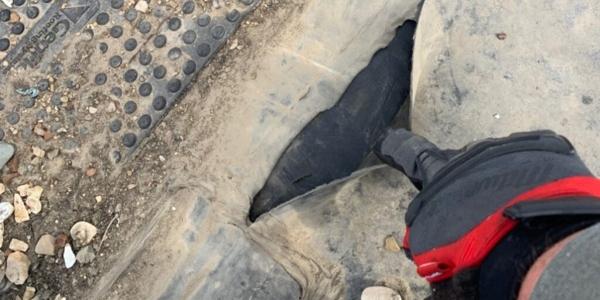
By Gene Fowler, Sentry Roofing, Inc.
It may be time to perform an inspection to ensure the health of your roof.
From blistering summer heat to relentless winter cold, your roof faces a barrage of environmental challenges every single day. But how well is it holding up? Beneath the surface of your rooftop lies a world of potential problems — hidden cracks, UV damage and weather-related wear — that could be quietly eroding your building's first line of defense. Here at Sentry Roofing, Inc we ask that before you dismiss those faint water stains or minor leaks, consider this: what’s happening up there might be more serious than you think.
What are the challenges on your rooftop?
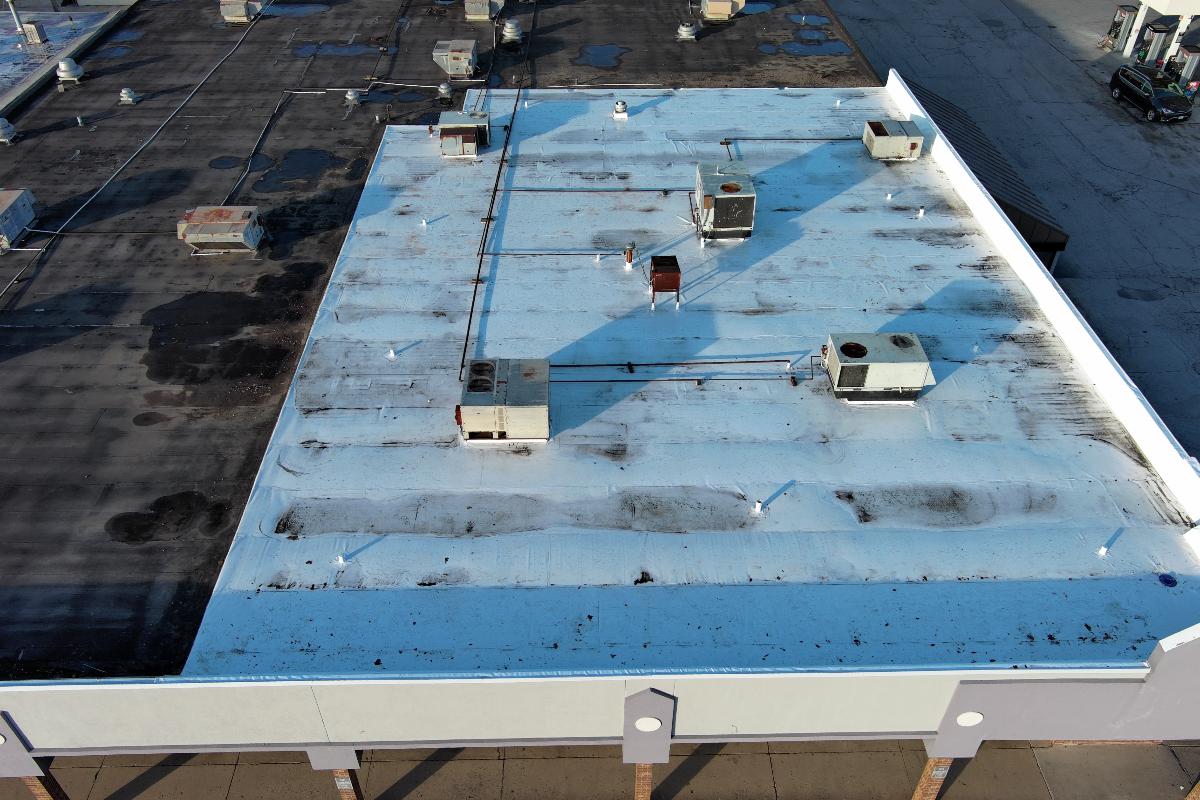
-
Environment: Consider the environment your rooftop exists in. It is fully exposed to the elements and changing weather conditions, 24 hours a day, every day, year after year.
-
Temperature: Daily rooftop temperature ranges of fifty degrees or more in a single day are typical, subjecting the roof to constant expansion/contraction stresses. As seasons change, the intense heat of summer passes to the cool nights of fall and the severe cold of winter, adding additional thermal movement and stress to the roof system.
-
UV Radiation: Ultraviolet light damages nearly all exterior exposed materials. Fading, cracking, blistering, reduced elasticity and surface degradation of the roofing are typical results of UV weathering. Timely repair or application of a coating material may extend the roof life for several more years.
-
Weather: Your roof contends with weather extremes, including rain, snow, ice, hail, strong winds and severe storms. Damage can be done by wind-blown debris, including components of rooftop mechanical equipment, or direct damage from severe wind blowing edge details loose, tearing roof surfaces. Hail damage may be severe and obvious, or nearly invisible, depending on storm severity. But that nearly invisible damage frequently will make itself known months later, sometimes too late to file an insurance claim. In this situation, a roofing professional should be called in to identify damage you may not be trained to detect, and he can help work with the insurance adjuster.
-
Rooftop activities: Some rooftops are relatively open with little foot traffic; others are cluttered with equipment or are routinely traveled for maintenance or access purposes. Damage may occur from rooftop maintenance, from intense foot traffic or from moving equipment across the roof.
What are common causes of leaks on a rooftop?
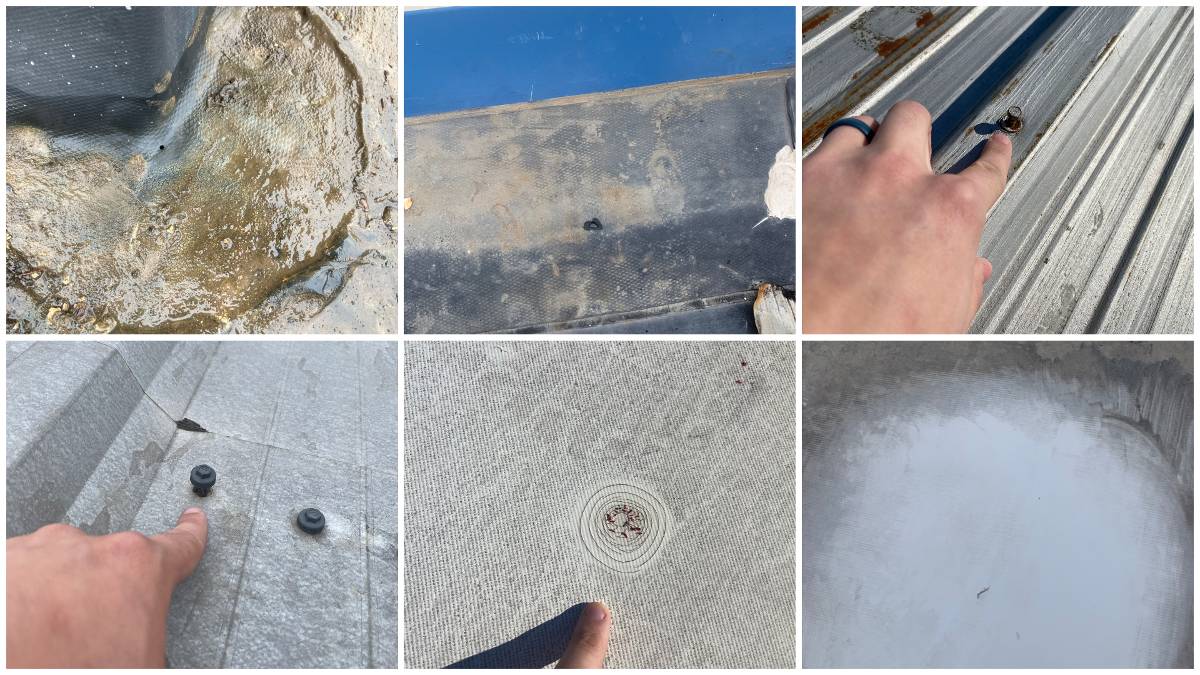
Roof leaks are caused by a broad variety of events on the roof and vary somewhat depending on the type of roof in place.
Asphalt or modified bitumen roofs are subject to splitting from thermal movement or blistering due to moisture in the system. Membrane roof leaks are most commonly due to punctures or cuts in the roof surface.
Other leak sources are failing caulk or sealant at penetrations, leaks in drain bowls at the connection to the drainpipes, leaking directly through rooftop equipment or a/c units, failing mortar or masonry in a wall adjacent to a roof.
In some cases, the leak sources are not related to the roof system, for instance a/c units, as noted above. Other leak points may be windows or doors in a wall adjacent to the roof, siding on an adjacent wall, metal coping cap on top of a wall or drain lines leaking inside the building.
When searching for leaks, every building detail must be considered.
What is involved in a competent roof inspection?
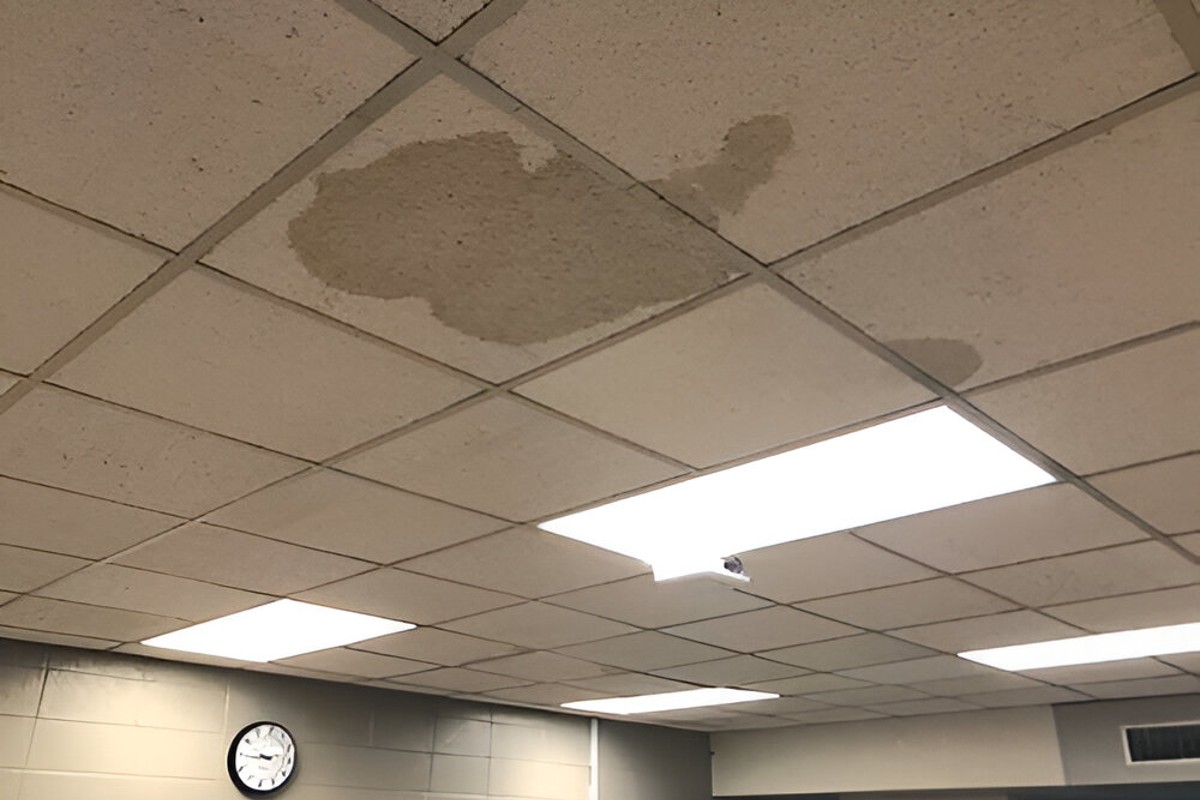
Inspection starts by checking the underside of the roof deck wherever it may be visible and requesting that any known leak locations be pointed out inside the building. This will allow the inspector to place himself in the probable location of leaks on the rooftop and help identify the cause of leaks.
Then the entire rooftop is inspected, including roof surface, edge details, gutters, rooftop penetrations and rooftop equipment. Any deficiencies are noted, and we evaluate the overall condition of the roof, and attempt to determine estimated remaining roof life. If leaks were noted in the inside inspection we search for, find and repair the problems.
A written report and photos will be provided to you.
What is the cost of a detailed roof inspection?
Cost varies depending on the building size, location and details on the roof top. Your roof professional should provide a detailed proposal for any work needed.
So… when was the last time your weary roof had the benefit of a detailed inspection?
Inspections can be done by yourself or your staff, if you prefer, but it may be to your advantage to hire a roofing professional. Every business has its own intricacies that could be unnoticed by an outsider. Roofing is no exception to this rule.
Our job is to see details that may be overlooked by the untrained eye, and the cost for an inspection is a minimal investment, that can pay big dividends in prevented damage and extended roof life.
How may we be of service to you?
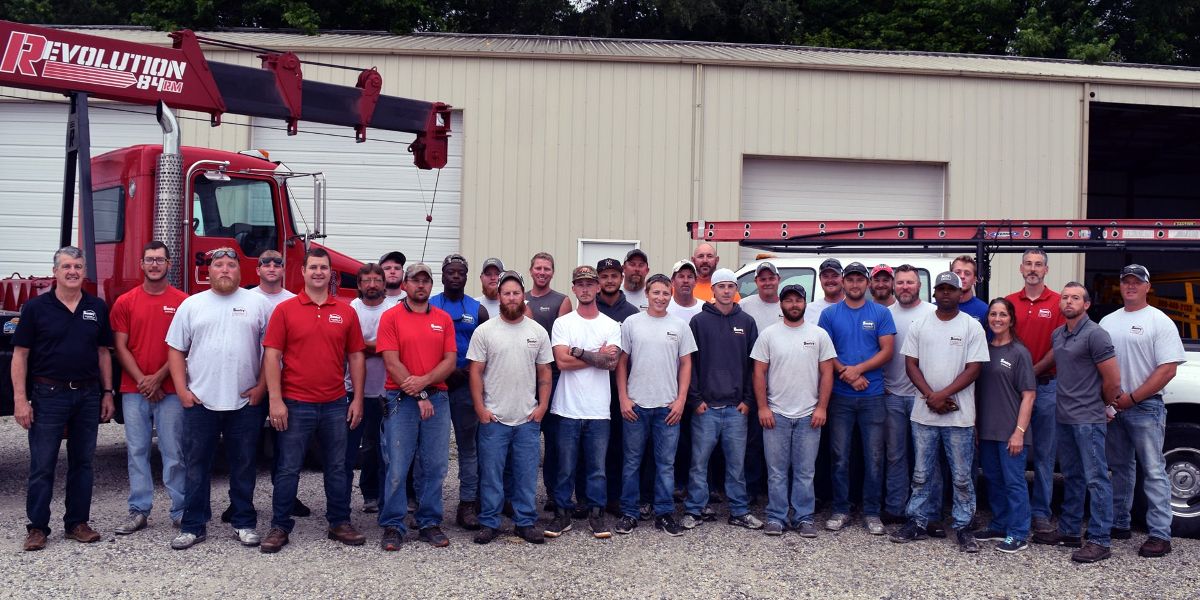
Sentry has 40 years of experience on thousands of roofs. We are prepared and able to help manage your rooftops… so you can forget you own a roof and focus on your business!
Original article source: Sentry Roofing, Inc.
Learn more about Sentry Roofing, Inc. in their Coffee Shop Directory or visit www.sentryroofing.com.

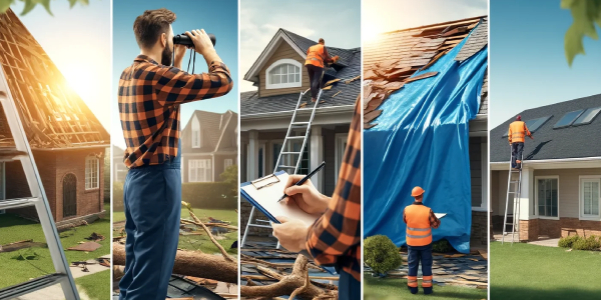





Comments
Leave a Reply
Have an account? Login to leave a comment!
Sign In